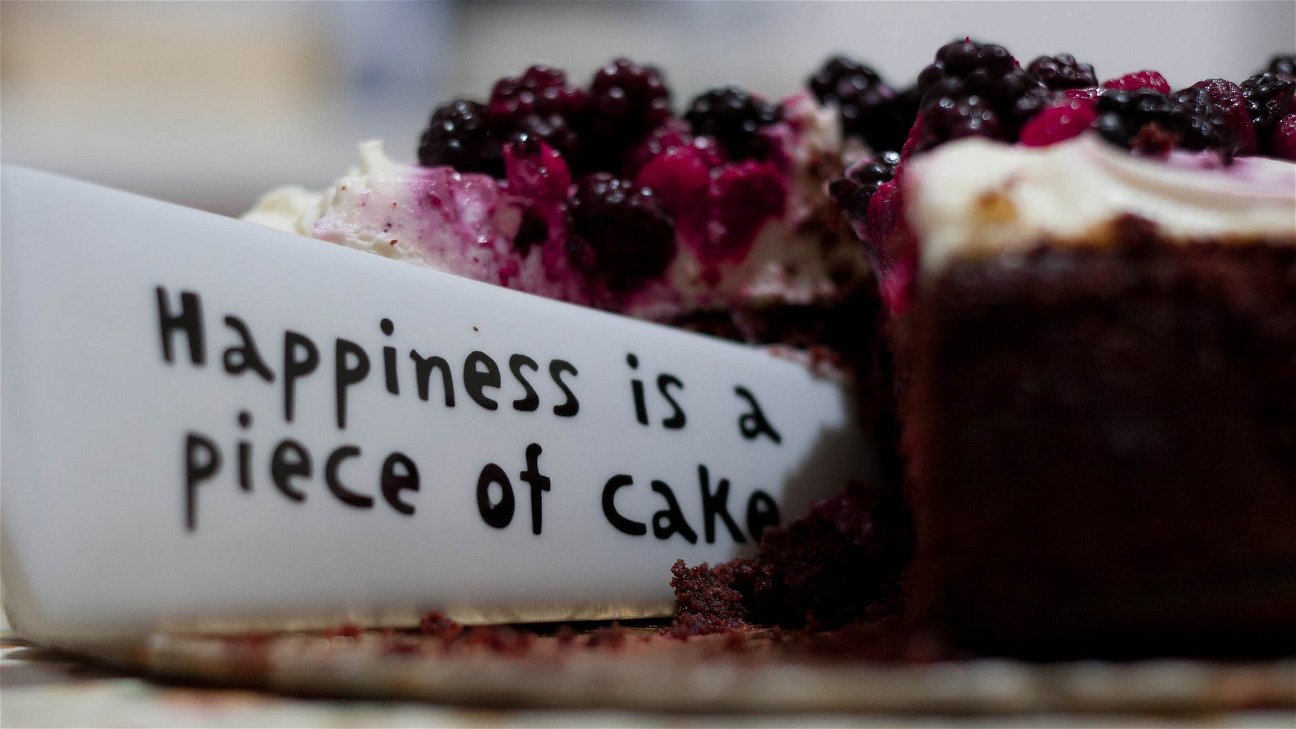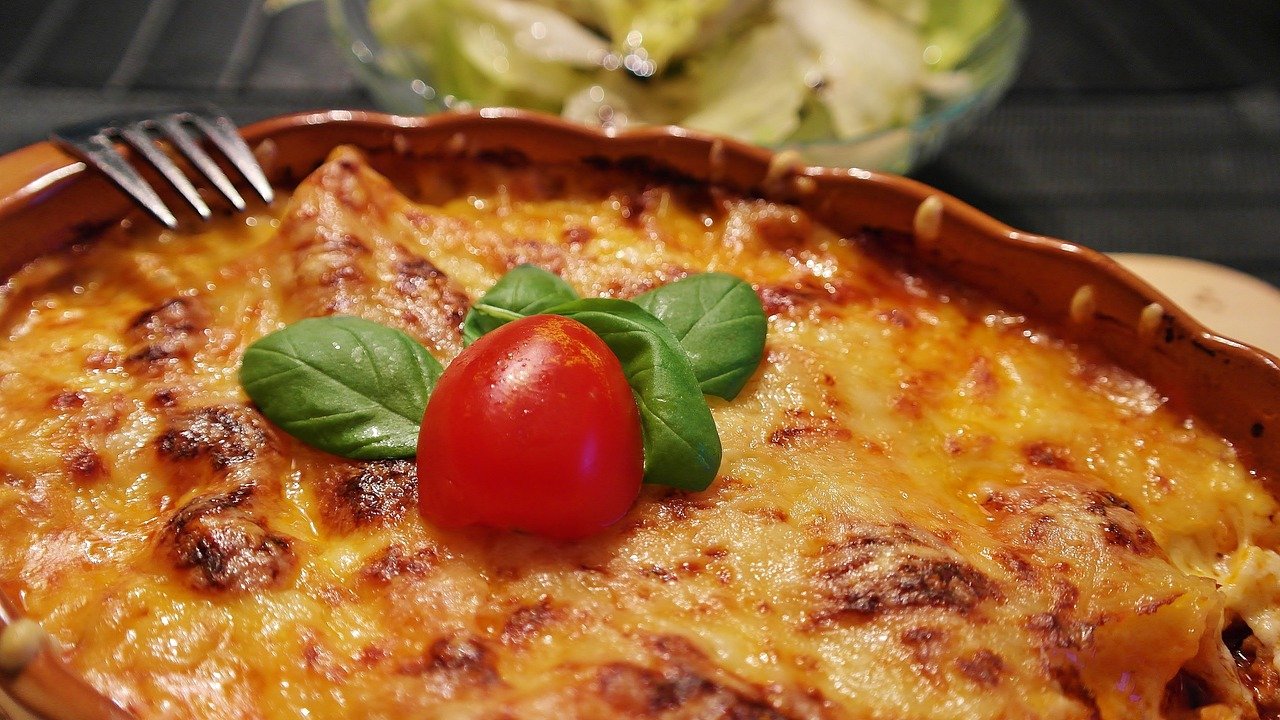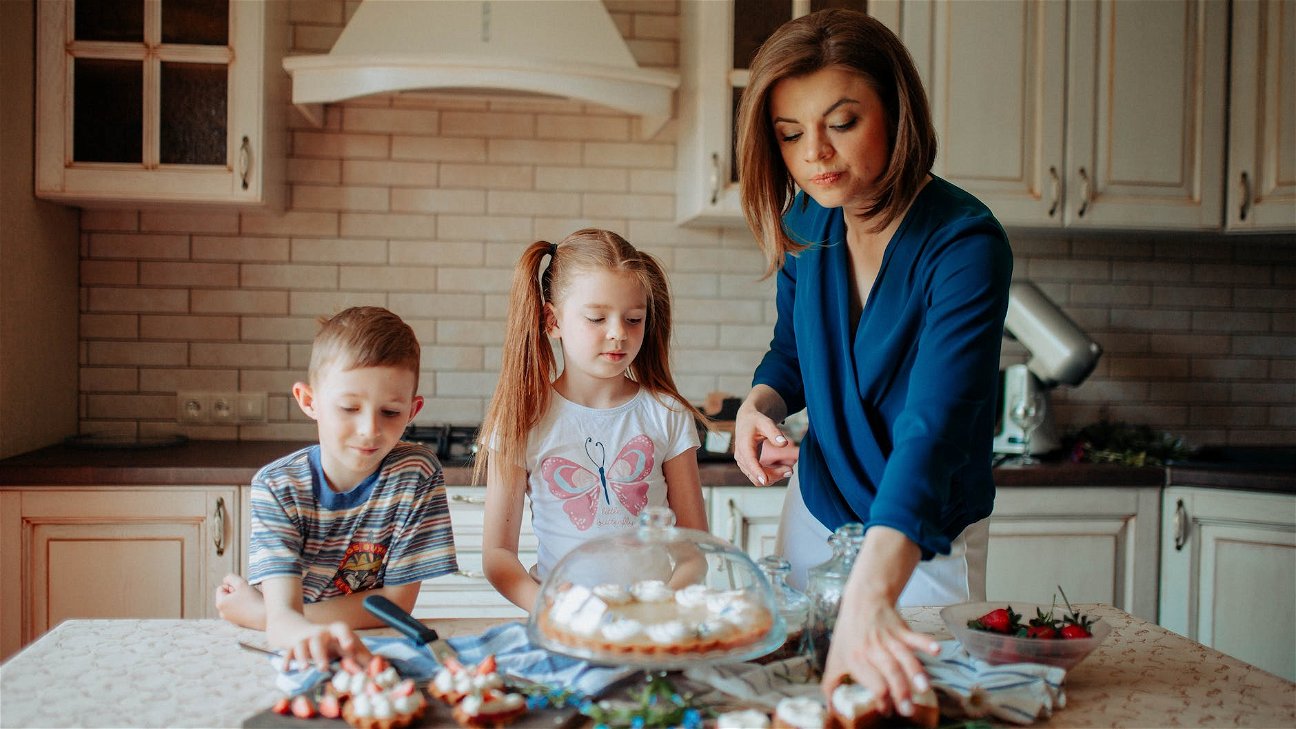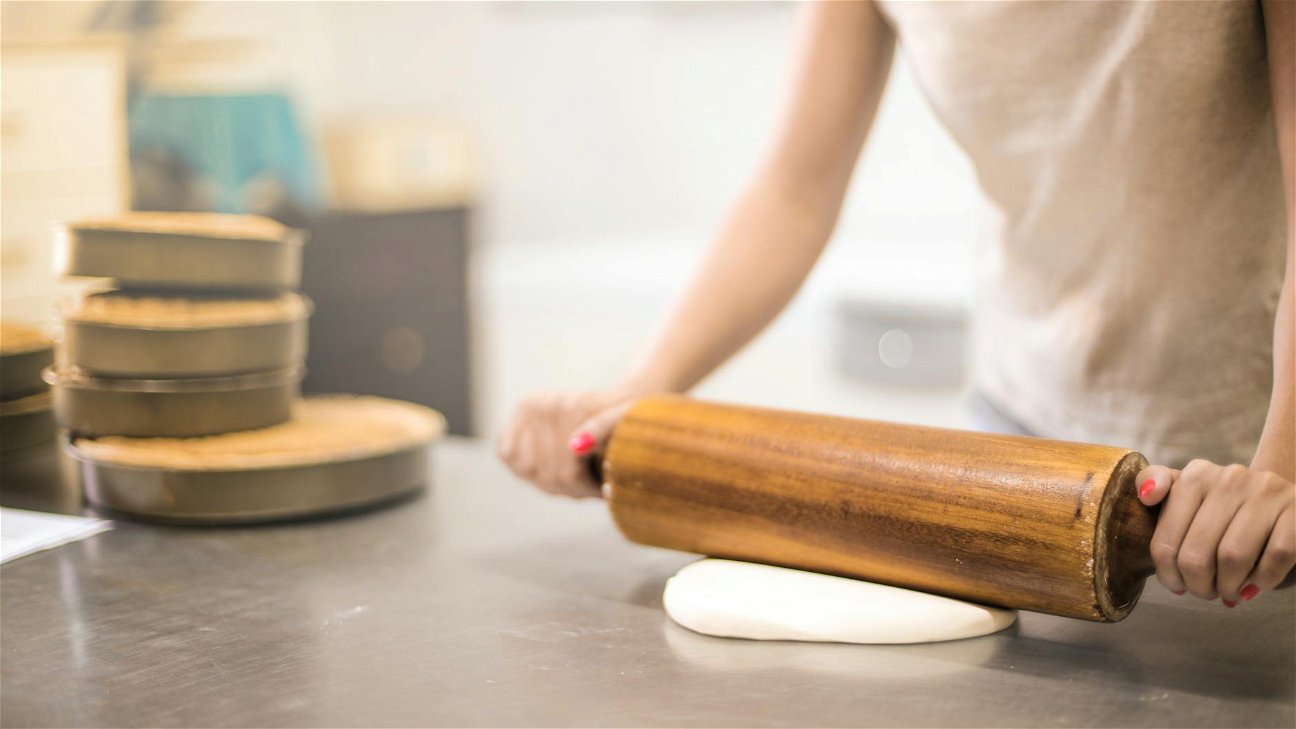
Ever wondered why your cake rises in the oven, or why your bread gets that lovely golden brown crust? The secret lies in the chemistry of baking. In this deep dive, we'll explore the fascinating molecular interactions that make baking a form of edible science.
Baking: More than Just Cooking
Baking is a science, involving a series of complex chemical reactions. Each ingredient plays a specific role in these reactions to transform the raw components into a mouth-watering treat.
Key Players in Baking Chemistry
Let's take a look at the main ingredients in your average baking recipe, and the roles they play:
-
Flour: Flour provides structure to the baked goods. The proteins in flour combine to form gluten, which gives baked goods their texture.
-
Sugar: Sugar serves multiple roles. It adds sweetness, aids in browning, and contributes to the texture of the baked goods.
-
Eggs: Eggs provide structure, leavening, and flavor. They also contribute to the color and texture of baked goods.
-
Butter: Butter adds flavor, aids in leavening by creating steam that lifts the dough, and adds moisture to the baked goods.
-
Baking Soda and Baking Powder: These are leavening agents that release carbon dioxide, causing the dough to rise.
-
Yeast: Yeast produces carbon dioxide gas through the process of fermentation, causing the dough to rise.
-
Salt: Salt enhances flavor, controls yeast activity, and strengthens the gluten structure in bread.
-
Water: Water activates gluten formation, dissolves ingredients, and contributes to the texture of the baked goods.
These ingredients work together, each playing their part in the chemical reactions that occur during the baking process.
The Science behind Rising Dough
When you add a leavening agent, such as yeast, baking soda, or baking powder, to the dough, it releases carbon dioxide gas. This gas gets trapped in the dough, causing it to rise. Baking soda and baking powder react with other ingredients in the dough to produce this gas. Yeast, on the other hand, creates gas through fermentation – a process where the yeast consumes sugar and produces carbon dioxide and alcohol.
The Maillard Reaction: Why Baked Goods Turn Golden-Brown
You can thank the Maillard Reaction for the golden-brown crust on your bread or cookies. This reaction occurs when proteins and sugars in the dough are exposed to heat. The resulting compounds reflect light in a way that gives baked goods their appealing golden-brown color.
The Role of Oven Temperature
The temperature of the oven plays a vital part in baking. At high temperatures, the water in the dough turns to steam, causing the dough to rise quickly. This is known as 'oven spring'. The high heat also accelerates the Maillard Reaction, giving the baked goods their golden-brown crust. However, if the temperature is too high, the outside of the baked goods can burn before the inside is fully cooked.
Understanding the chemistry behind baking can aid in troubleshooting baking issues and improving your baking skills. Remember, every ingredient has a purpose.











